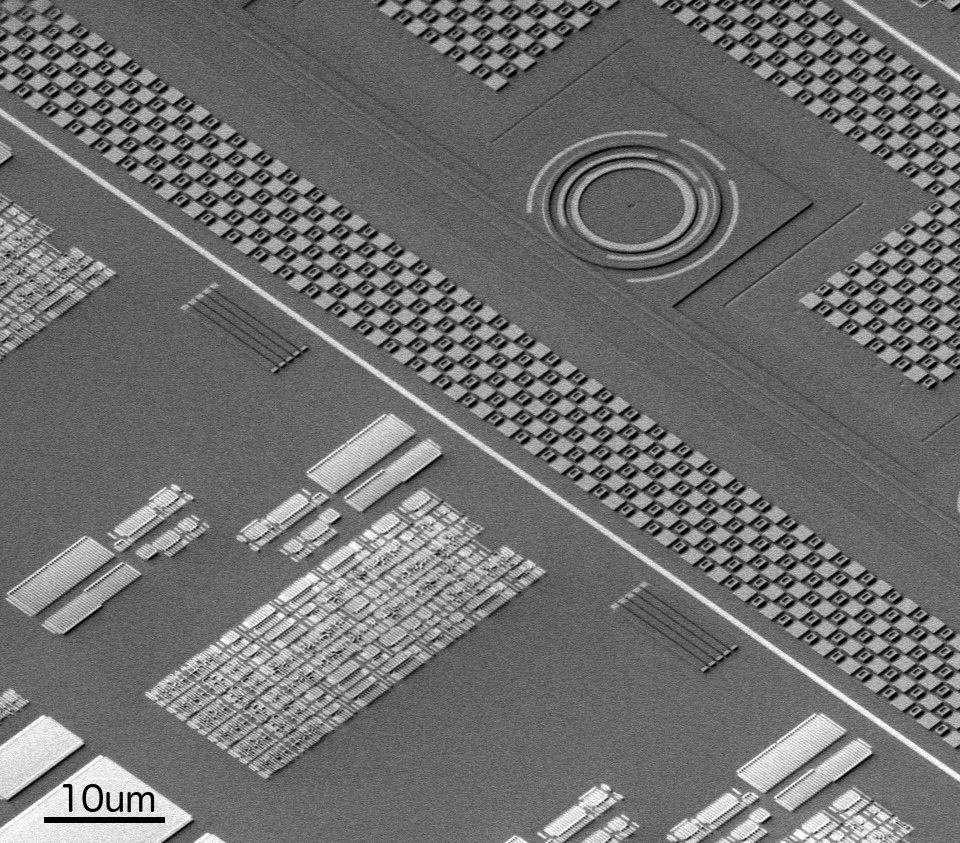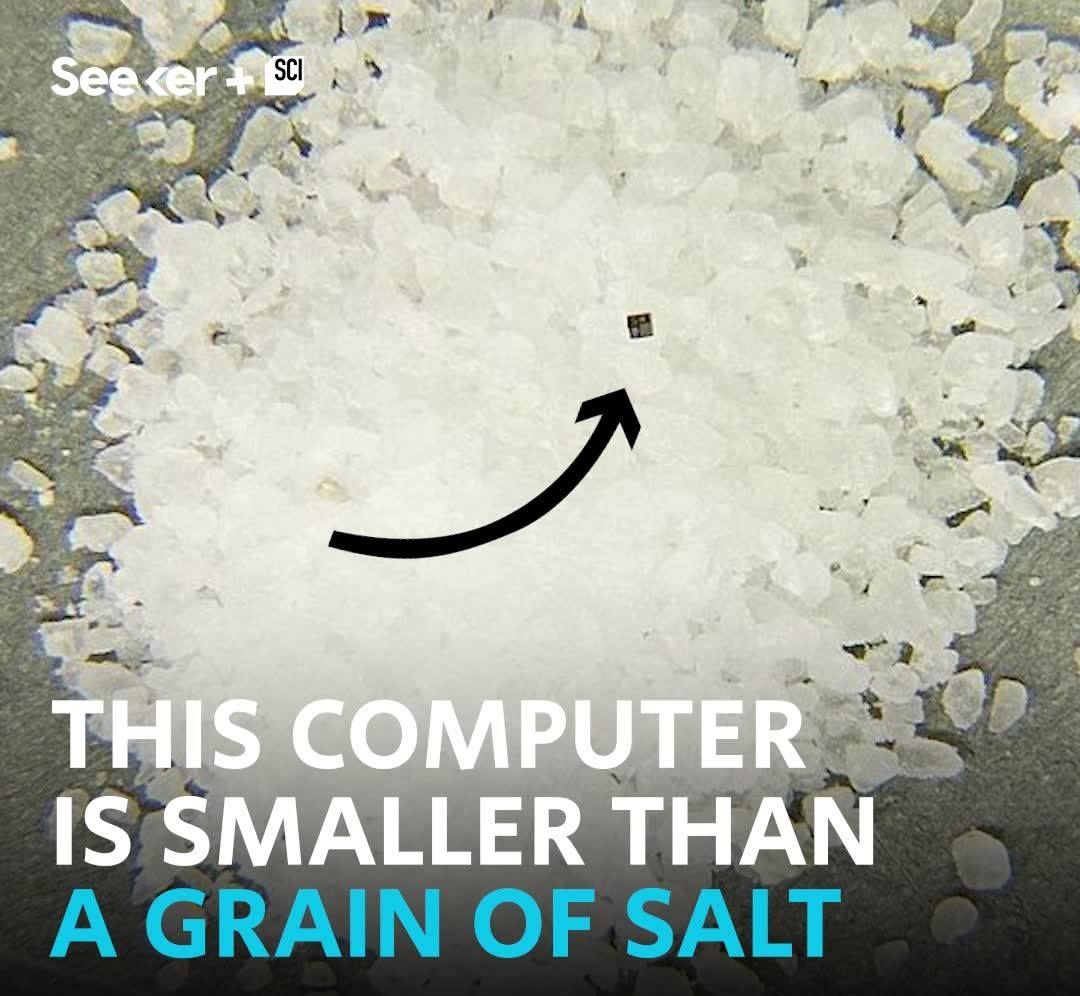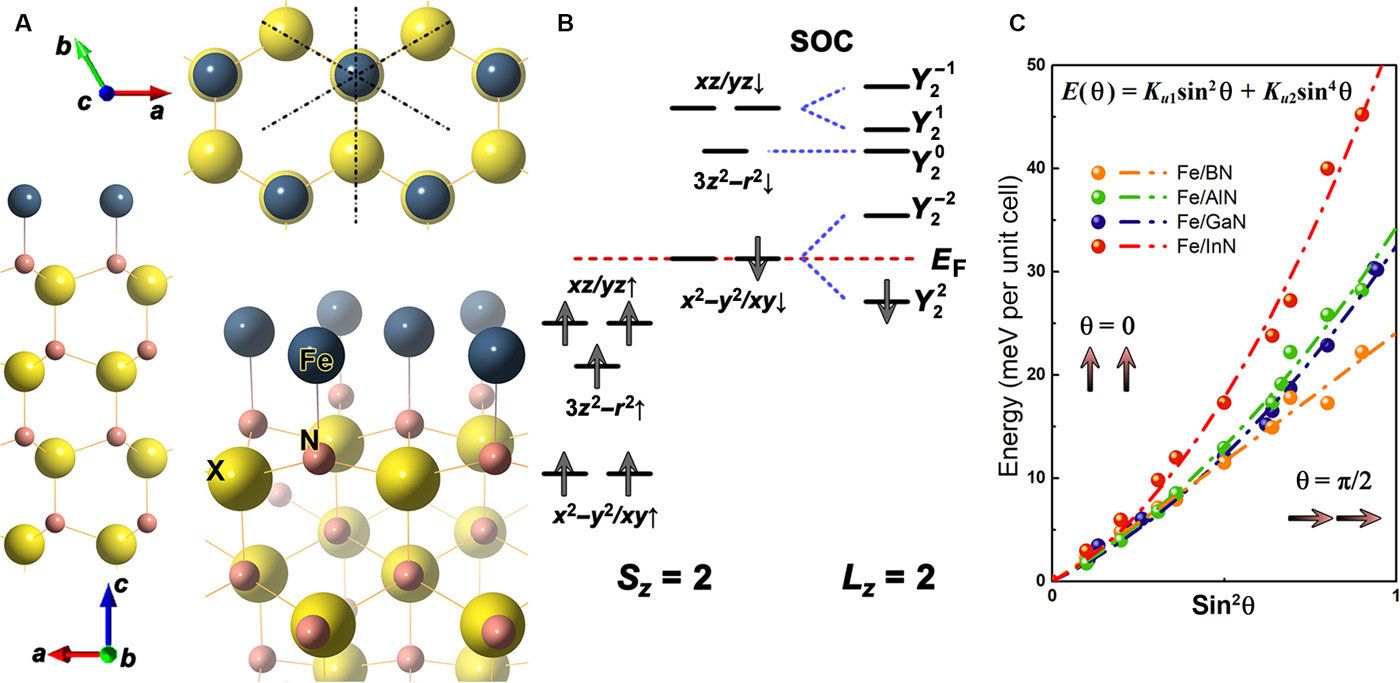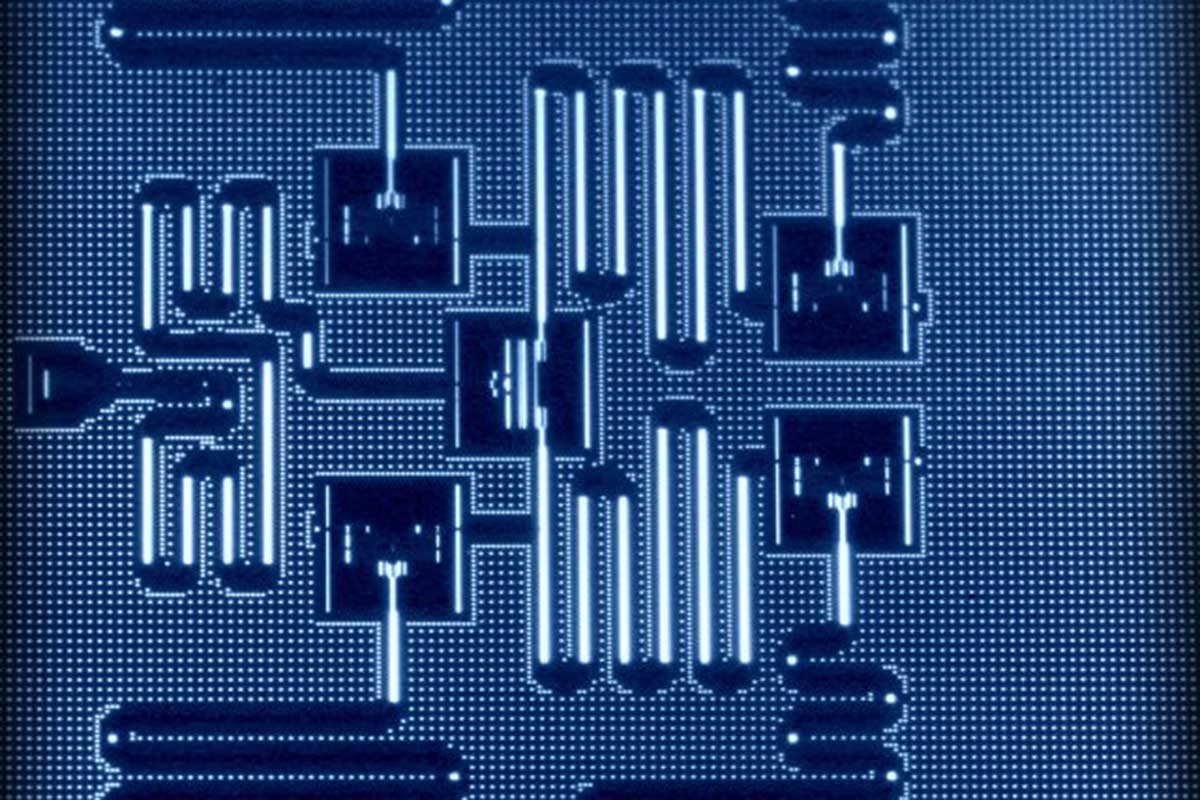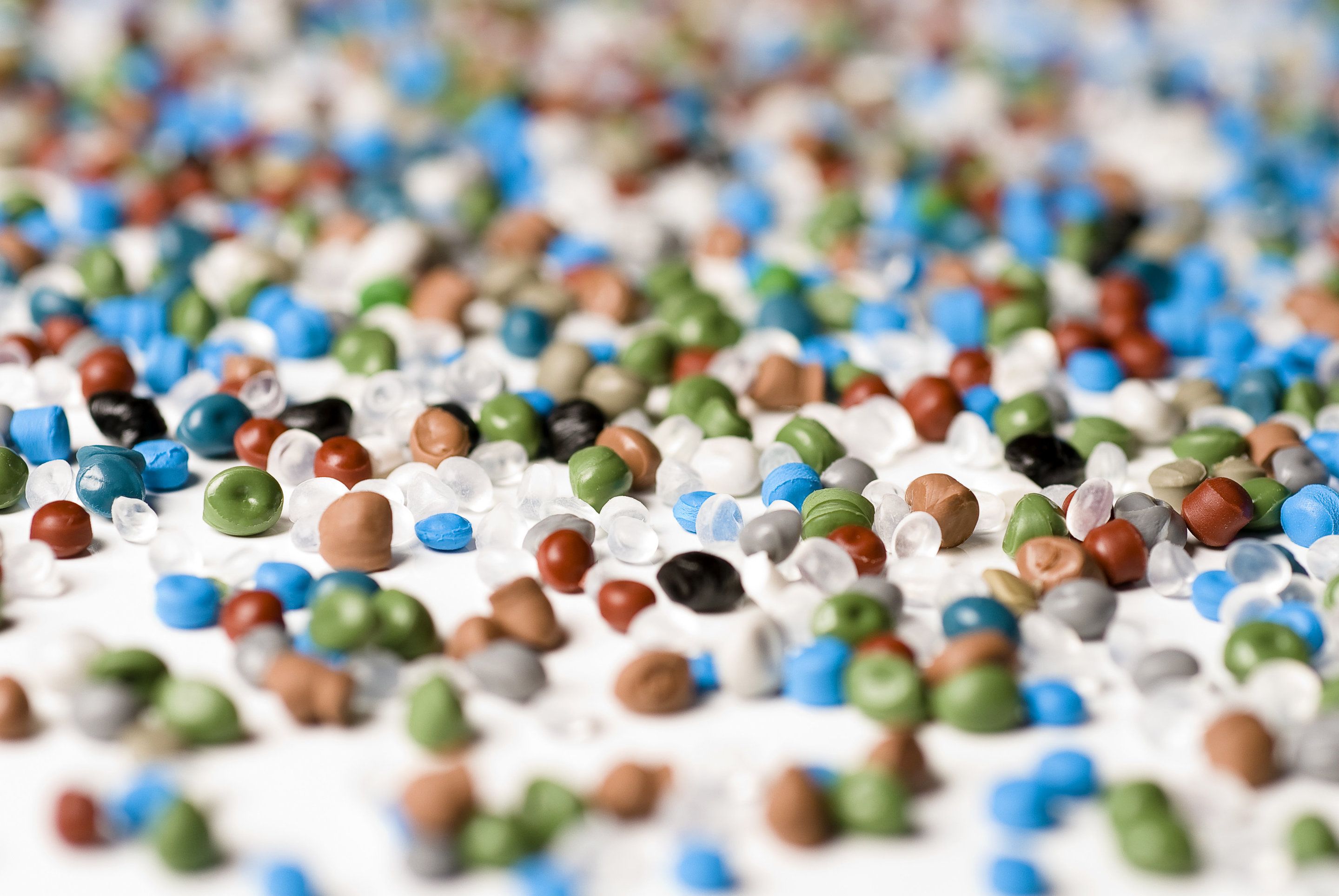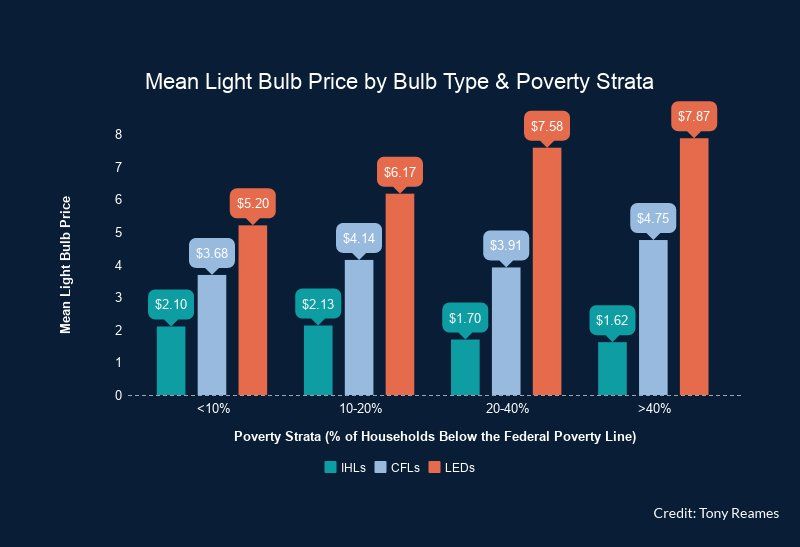Apr 26, 2018
Quantum radar to render stealth technologies ineffective
Posted by Klaus Baldauf in categories: computing, military, quantum physics
Stealth technology may not be very stealthy in the future thanks to a US$2.7-million project by the Canadian Department of National Defence to develop a new quantum radar system. The project, led by Jonathan Baugh at the University of Waterloo’s Institute for Quantum Computing (IQC), uses the phenomenon of quantum entanglement to eliminate heavy background noise, thereby defeating stealth anti-radar technologies to detect incoming aircraft and missiles with much greater accuracy.
Ever since the development of modern camouflage during the First World War, the military forces of major powers have been in a continual arms race between more advanced sensors and more effective stealth technologies. Using composite materials, novel geometries that limit microwave reflections, and special radar-absorbing paints, modern stealth aircraft have been able to reduce their radar profiles to that of a small bird – if they can be seen at all.


